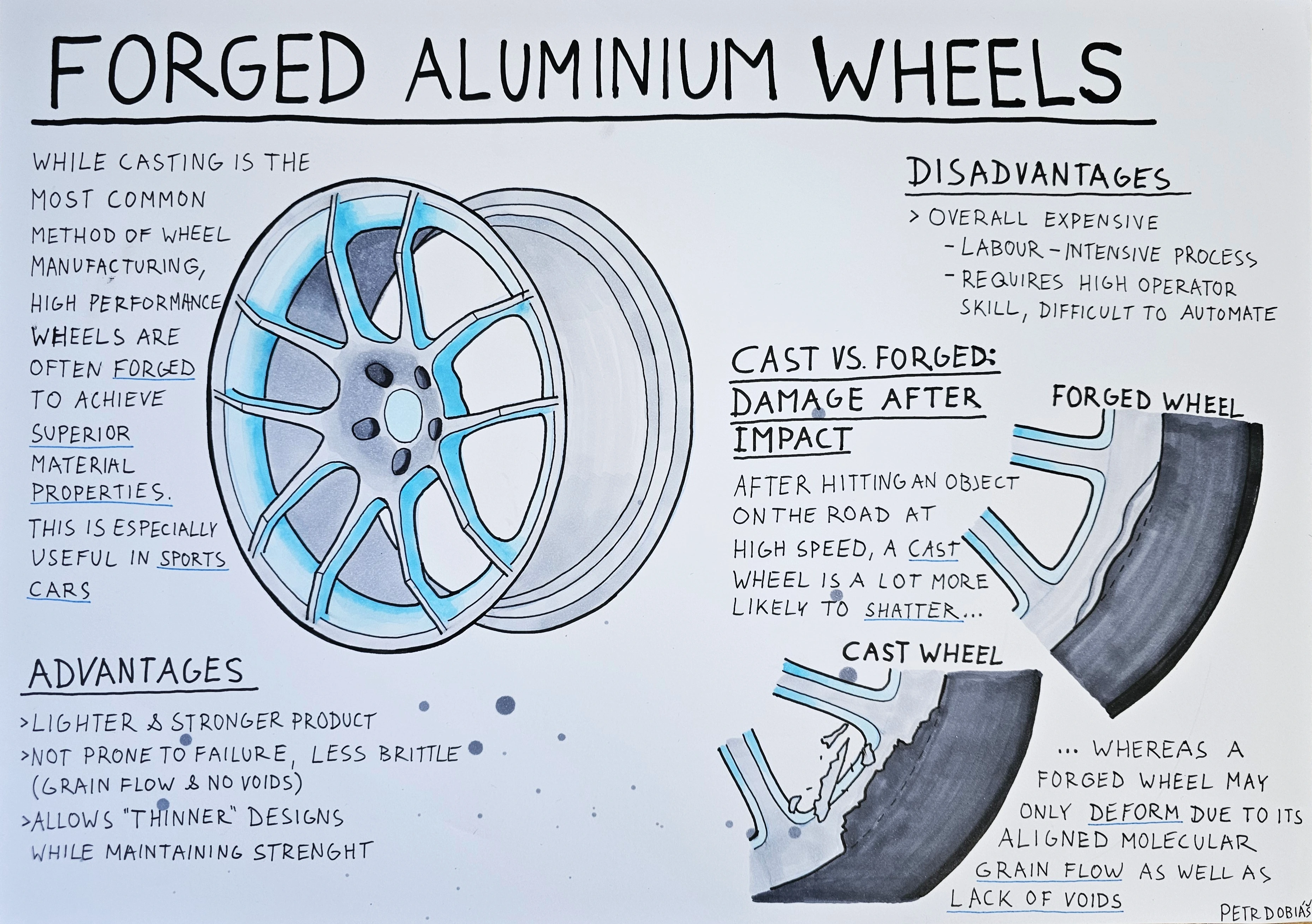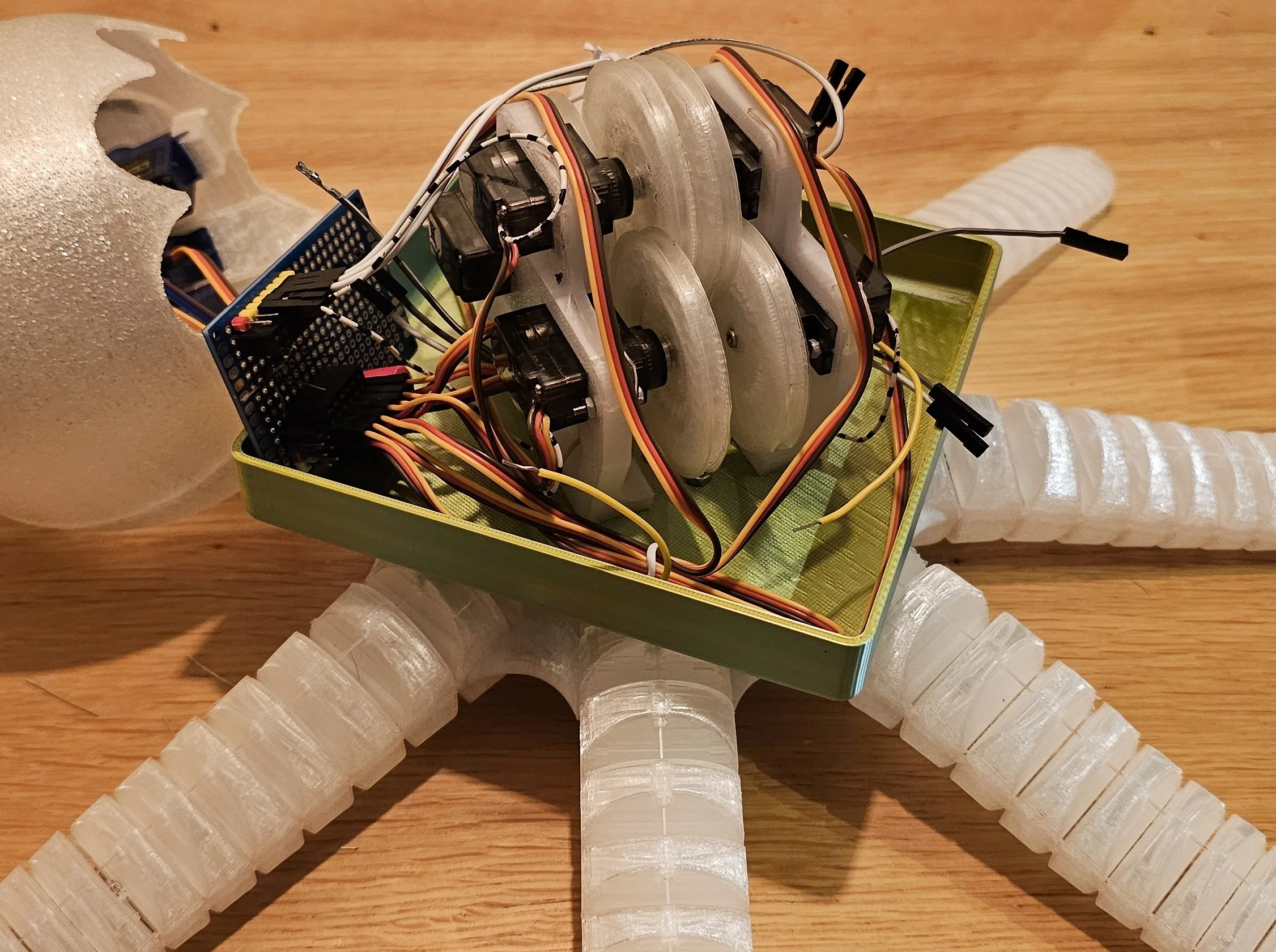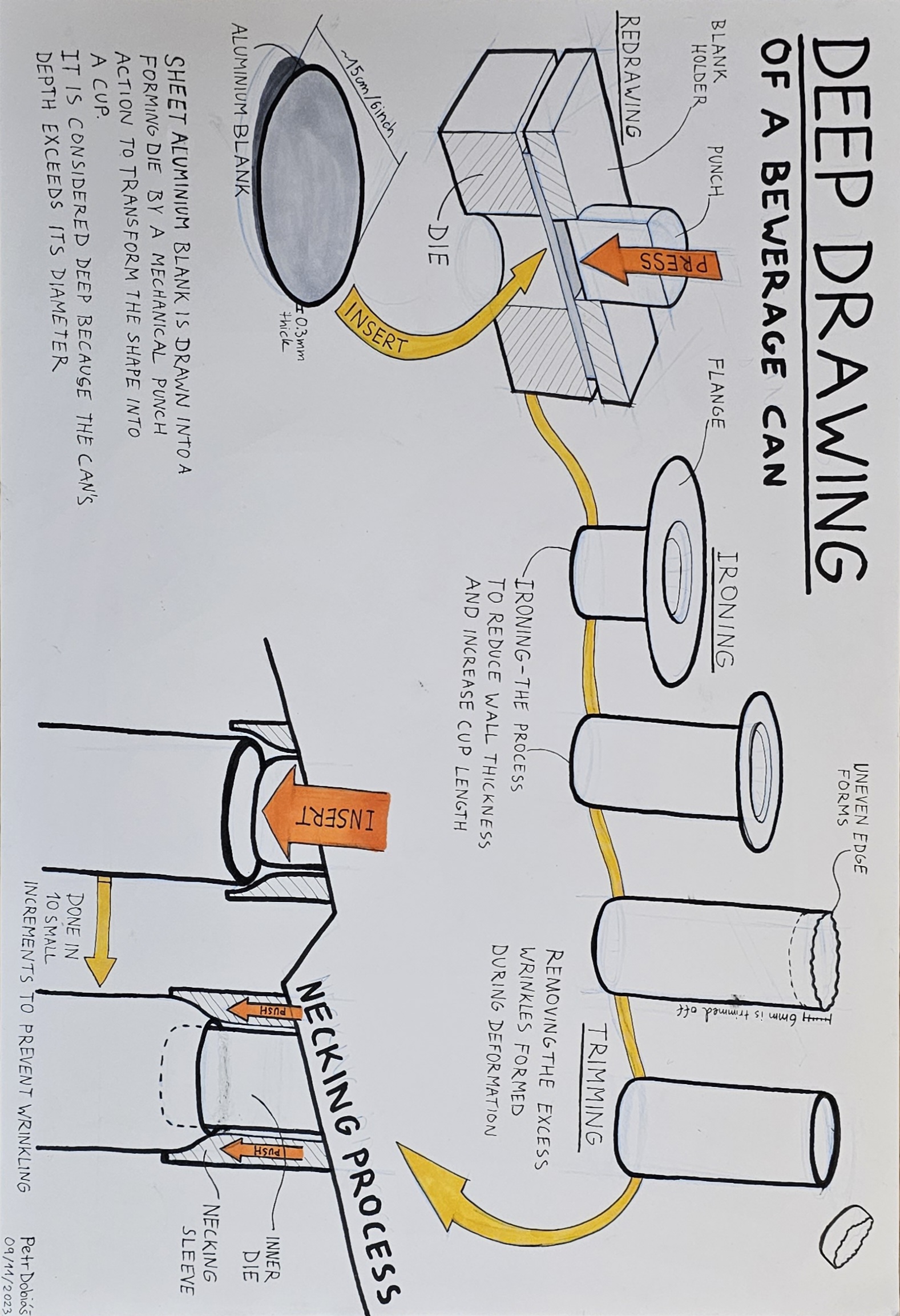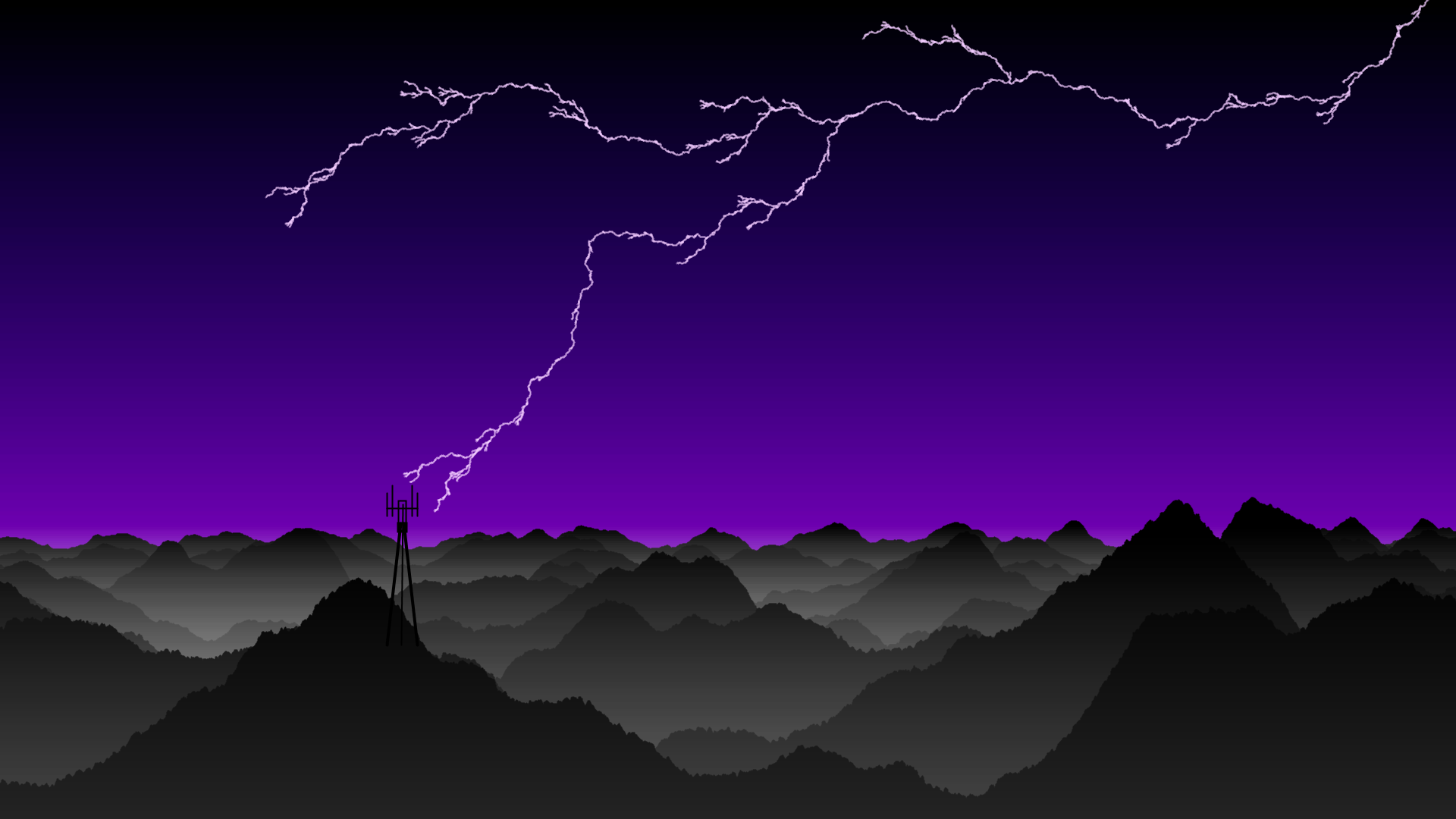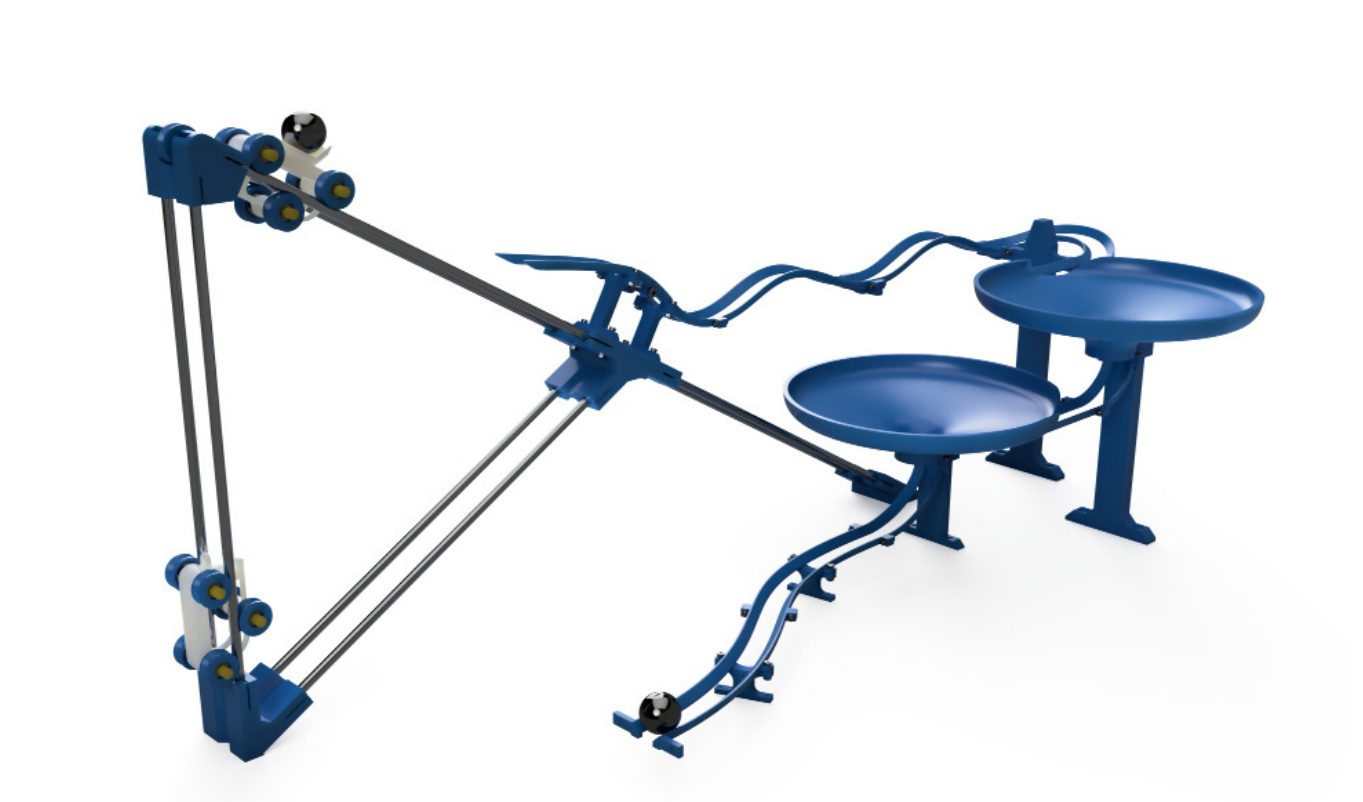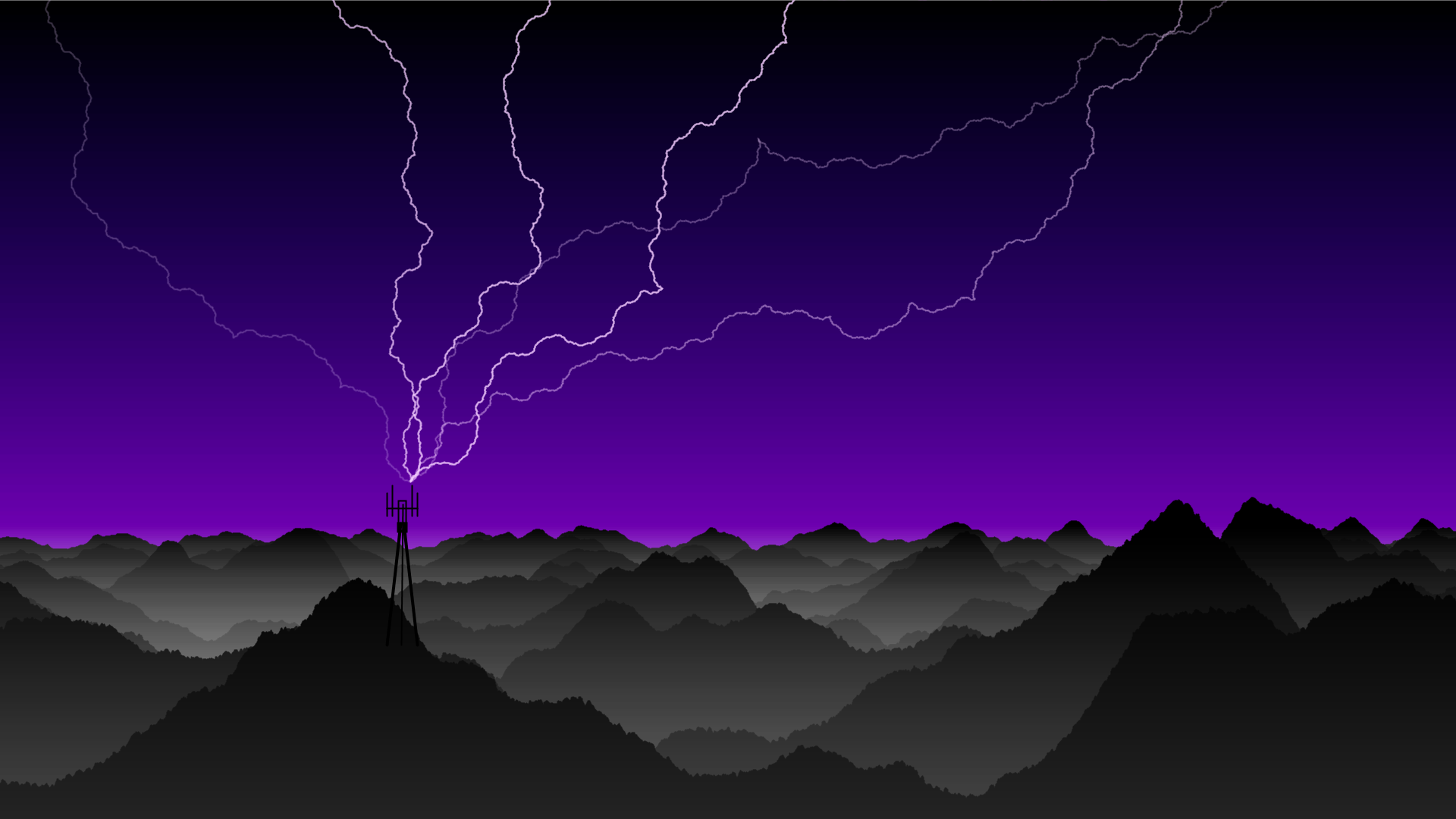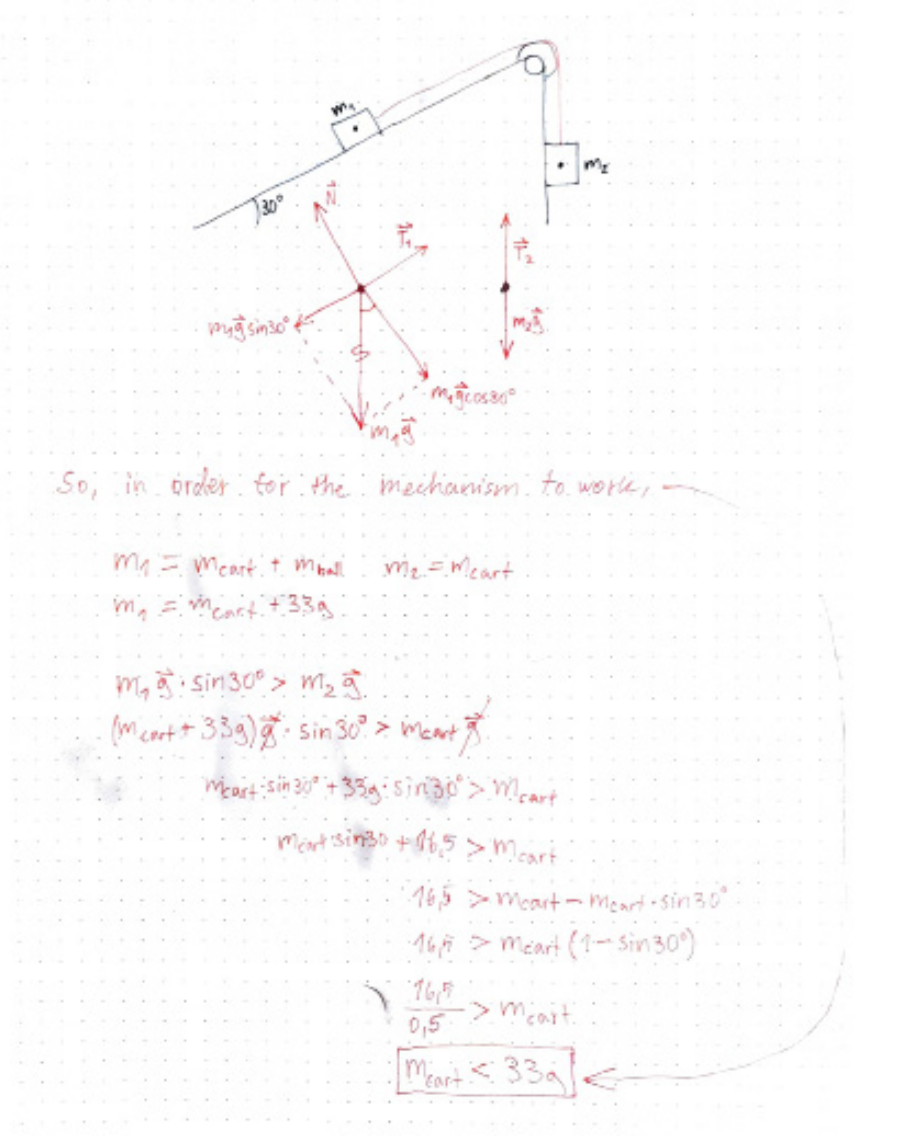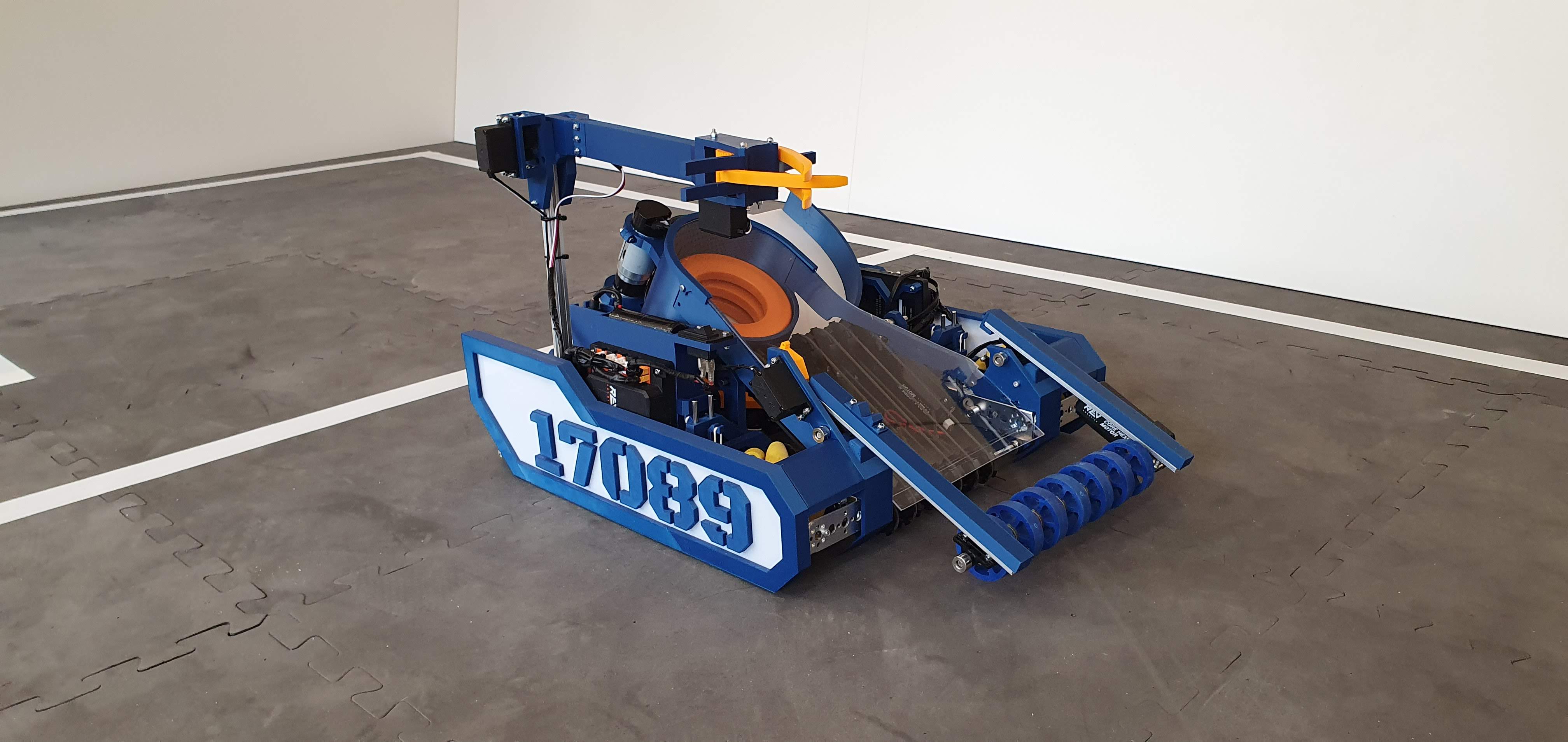C&A is about making designs visually and emotionally engaging. It focuses on form, interaction, and expression. I like to move beyond touchscreen UIs in my designs and find new ways for people to interact through tactile and visual experiences.
I experimented with different divergent ideation methods, such as brainstorming, 5 Whys, Future Wheel etc. I prefer to use analogous inspiration, drawing insights from other fields to spark new ideas and apply technologies in new contexts. I learned that I find it difficult to quickly commit to one idea and explore it further during the ideation process. Similarly, I find it difficult to "kill my darlings" when refining concepts.
My strong T&R skillset creates opportunities to explore what is aesthetically pleasing and what is not by using lo-fi or partial prototypes. While I generally prefer to ideate and prototype in 3D, the elective Exploratory Sketching (B2.2) taught me the necessary techniques and provided practice opportunities to sketch in perspective. This skillset proved very useful at CMU and especially during my ongoing year at TU/ecomotive.
The exchange at Carnegie Mellon University during the B3.1. semester was a transformative experience that allowed me to see design from a different lens. The professors offered individual guidance and placed importance on exploring form, via sketching and foam modelling to the end of developing aesthetic commercial products. I designed mealBOX, focusing on improving the on-the-go meal experience, and Beosound Focus, a project focused on understanding the brand identity (B&E) of Bang&Olufsen and its design language. I also improved my product rendering skills (Keyshot) at CMU, to cleanly and professionally present my designs, ensuring that both form and interaction are communicated effectively.
During my FBP, I properly processed what the course Aesthetics of Interaction tried to teach. For Octoping, aesthetics is not only about making the device "look good" but about how it communicates emotions through touch, movement, and presence. The mechanical tentacles serve as an expressive medium, aiming to create an interaction that feels organic, meaningful, and emotionally rich. By paying attention to the prototype’s form, material choice, surface finish and the tentacles’ tactile properties, the project places value on aesthetics.
Alongside my FBP, I joined the TU/ecomotive student team as the lead interior and exterior designer. I chose to join this team because each year, we design and build a unique concept car from scratch. This process grants me and the other three designers significant agency over the whole vehicle, which I find highly engaging. I see this as an excellent challenge to be creative both in terms of the sustainability concept (U&S) and the design/styling of the car’s exterior and interior. I have already produced a substantial collection of exterior sketches and have many more interior sketches yet to make. Comparing my current work to the beginning of the year, I can see a significant improvement in my visual communication ability, fulfilling one of my learning goals. I cannot present any sketches as evidence of learning, as the car is still in development and not yet revealed to the public.
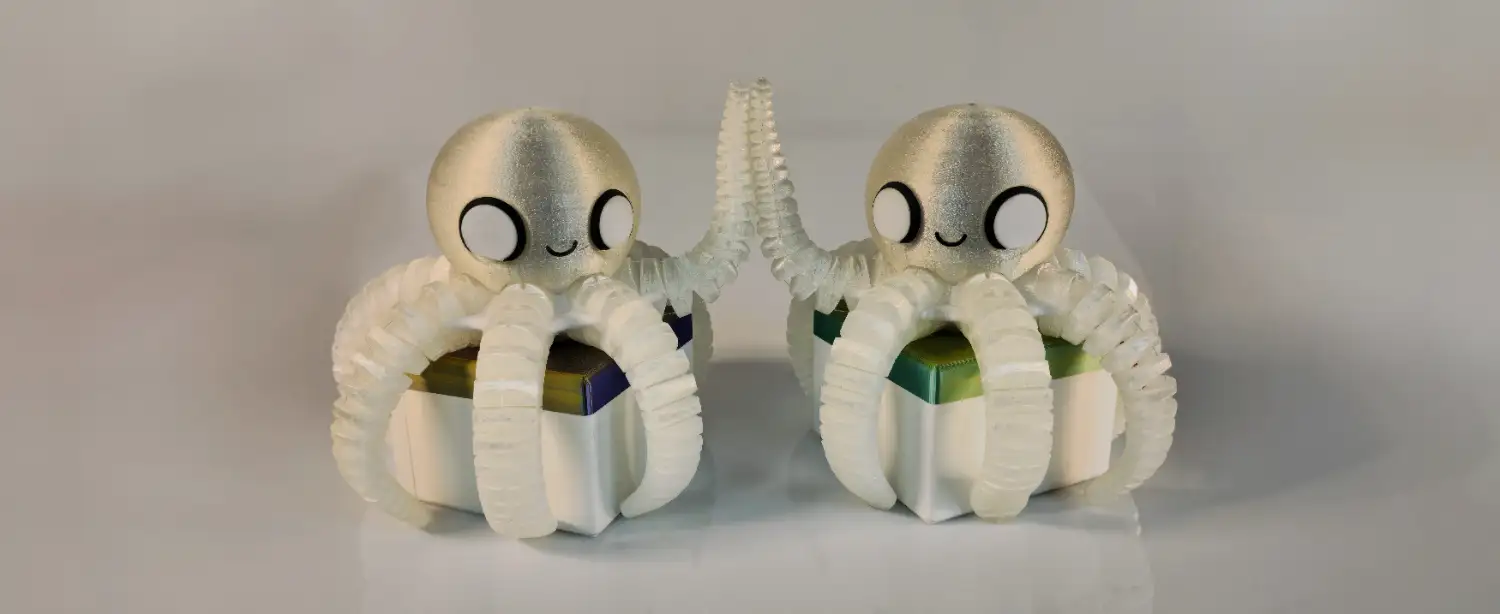
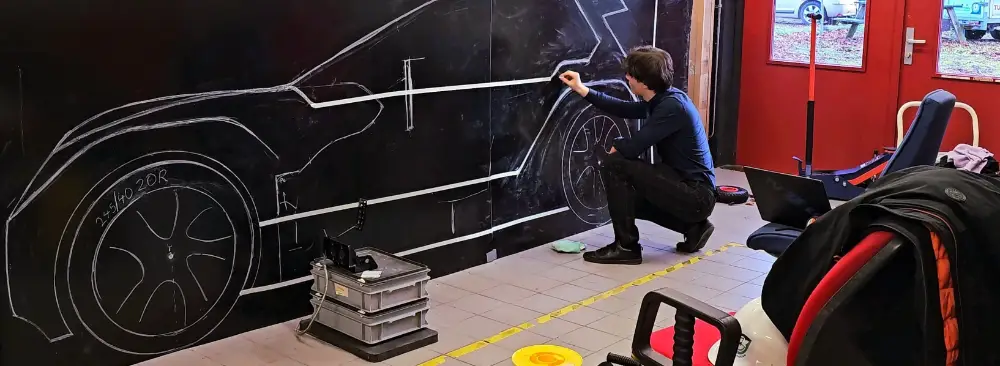
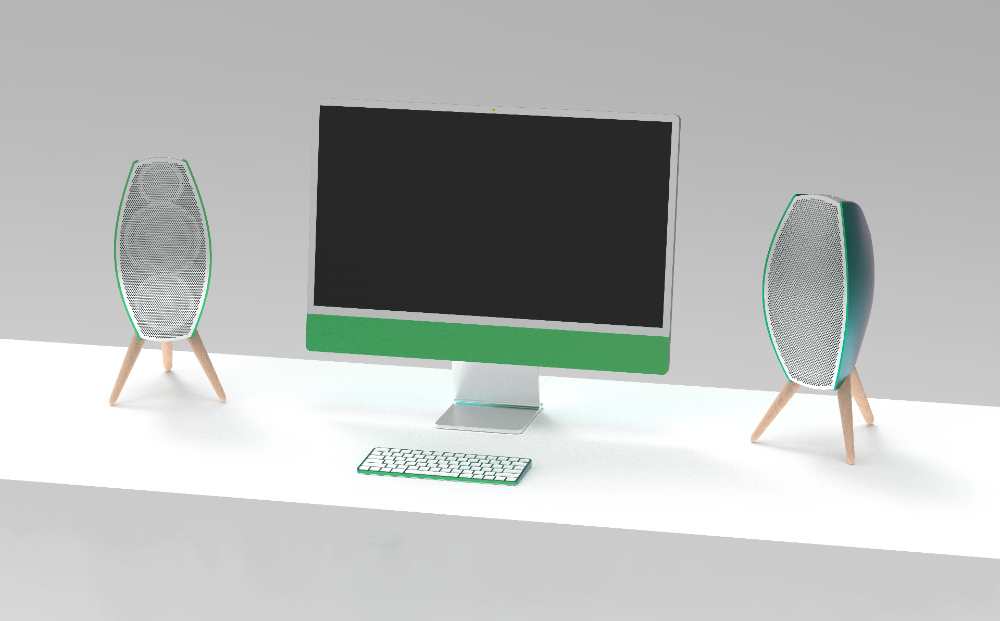
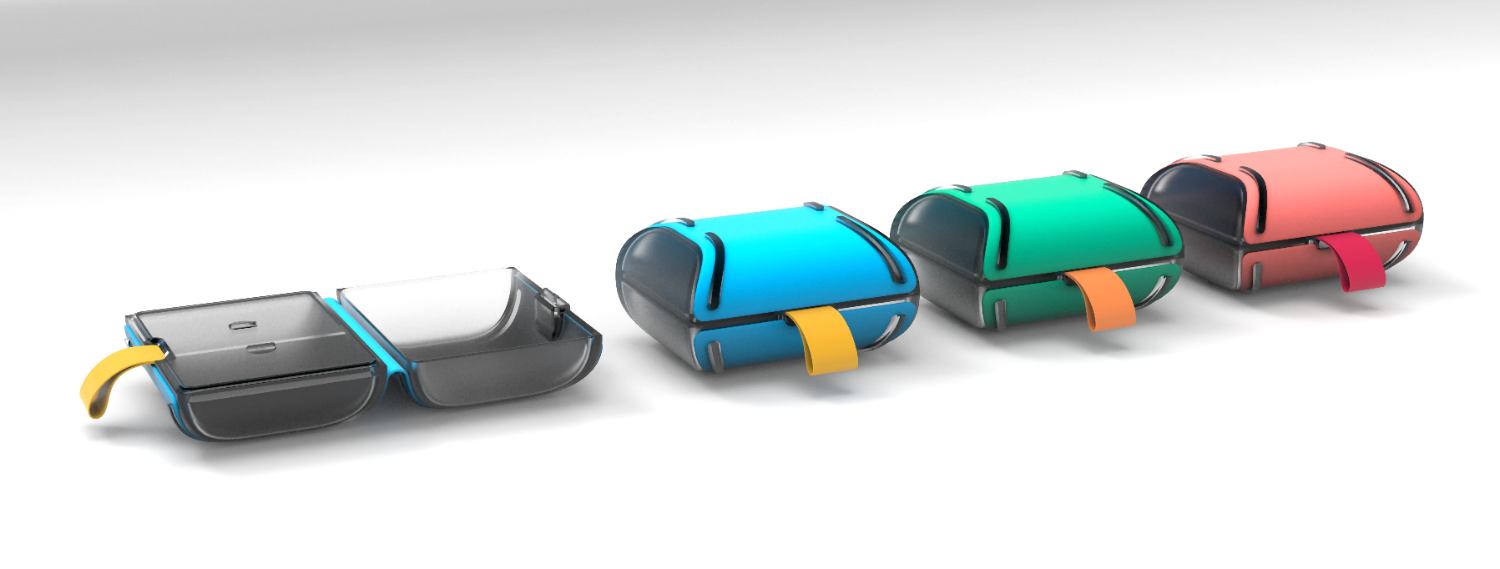
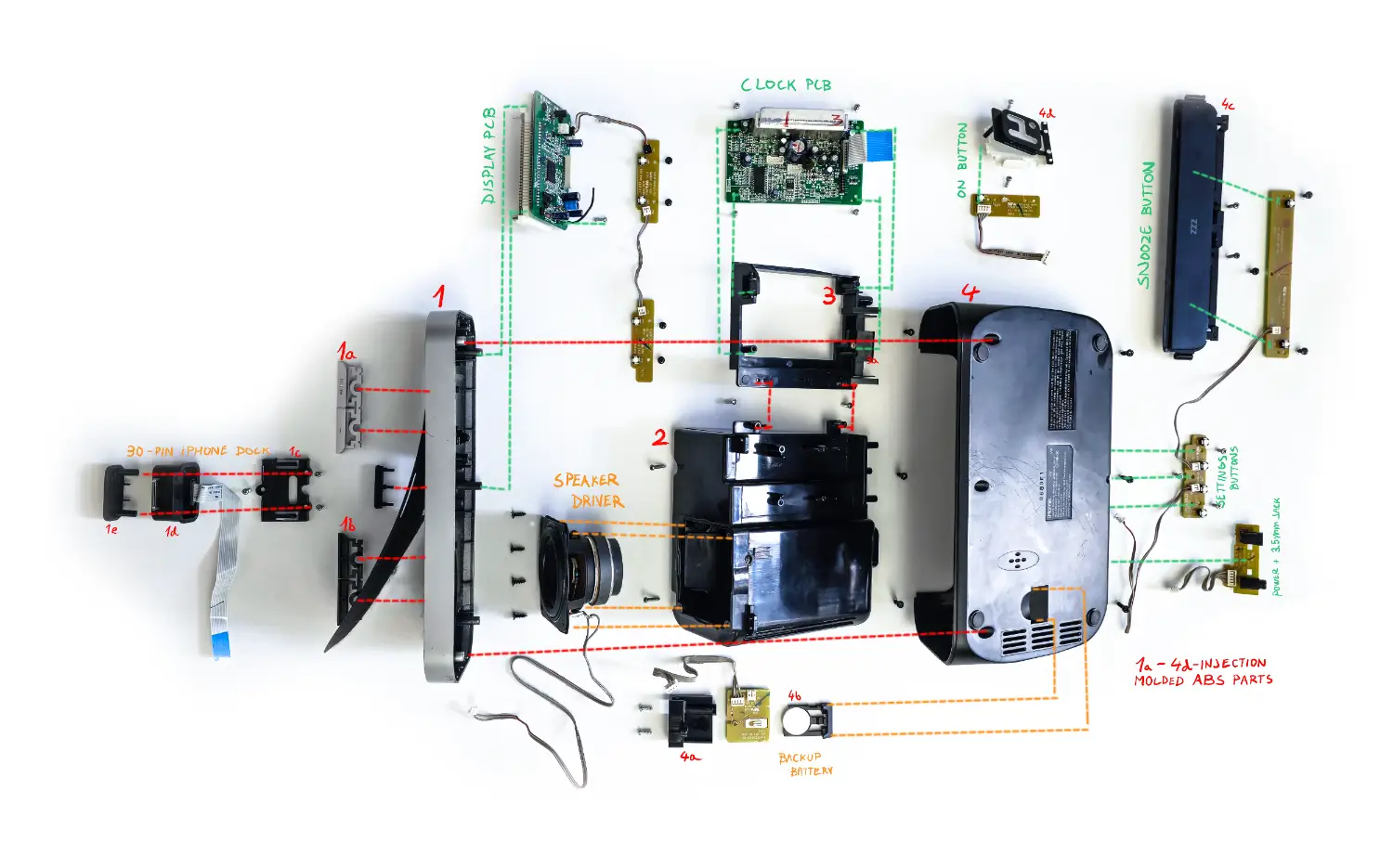
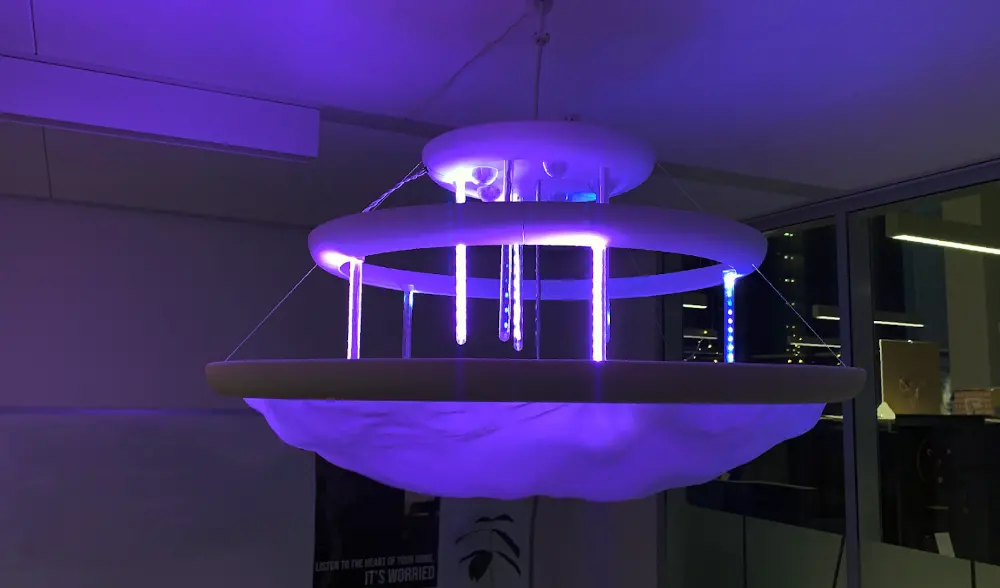
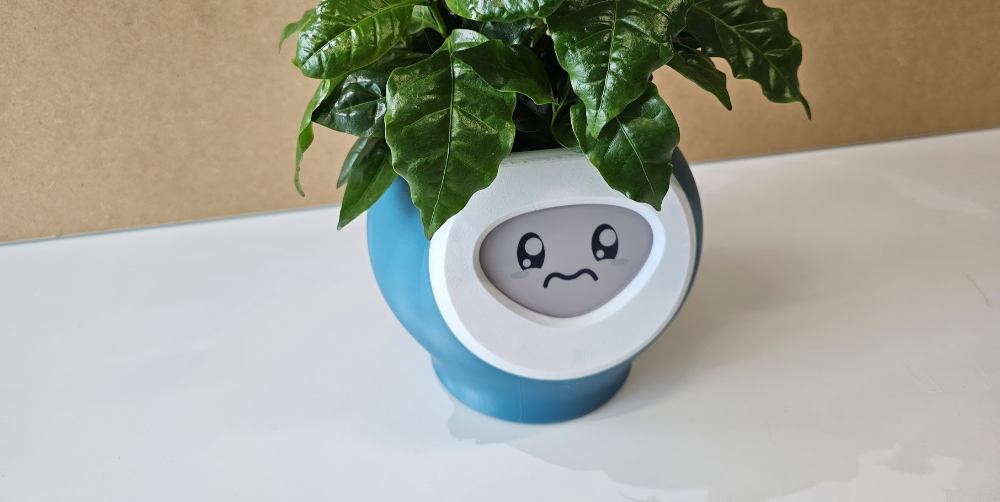
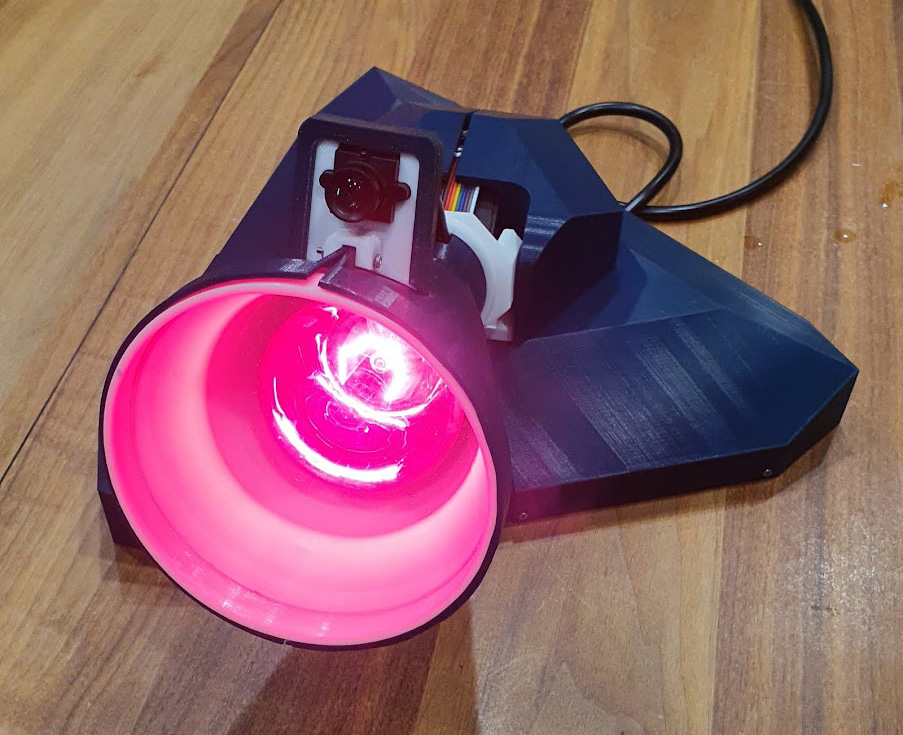
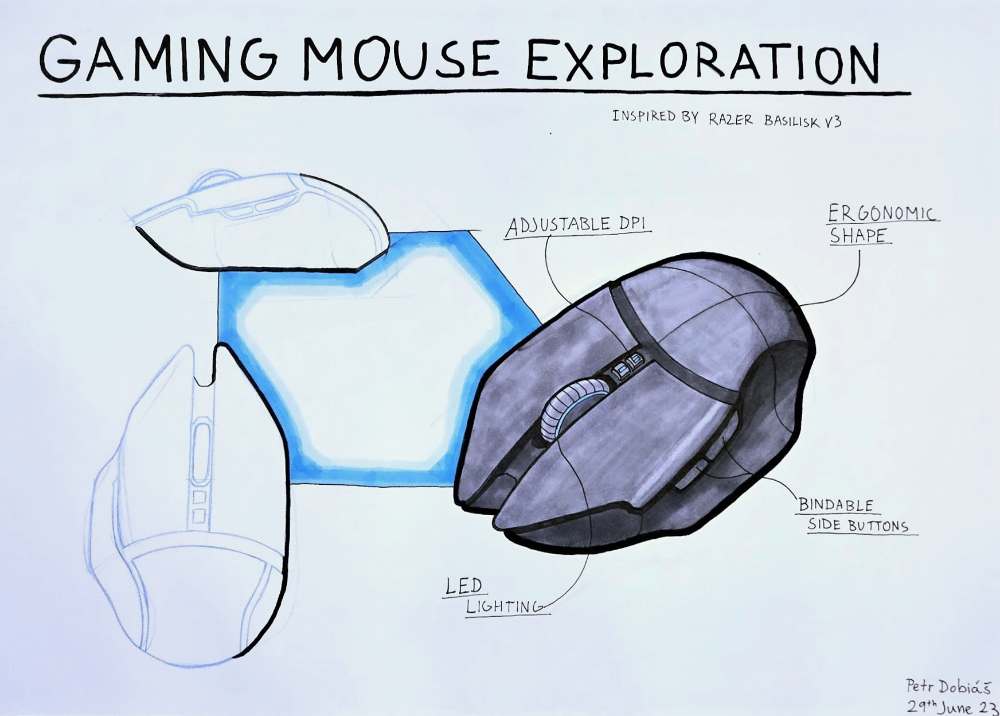
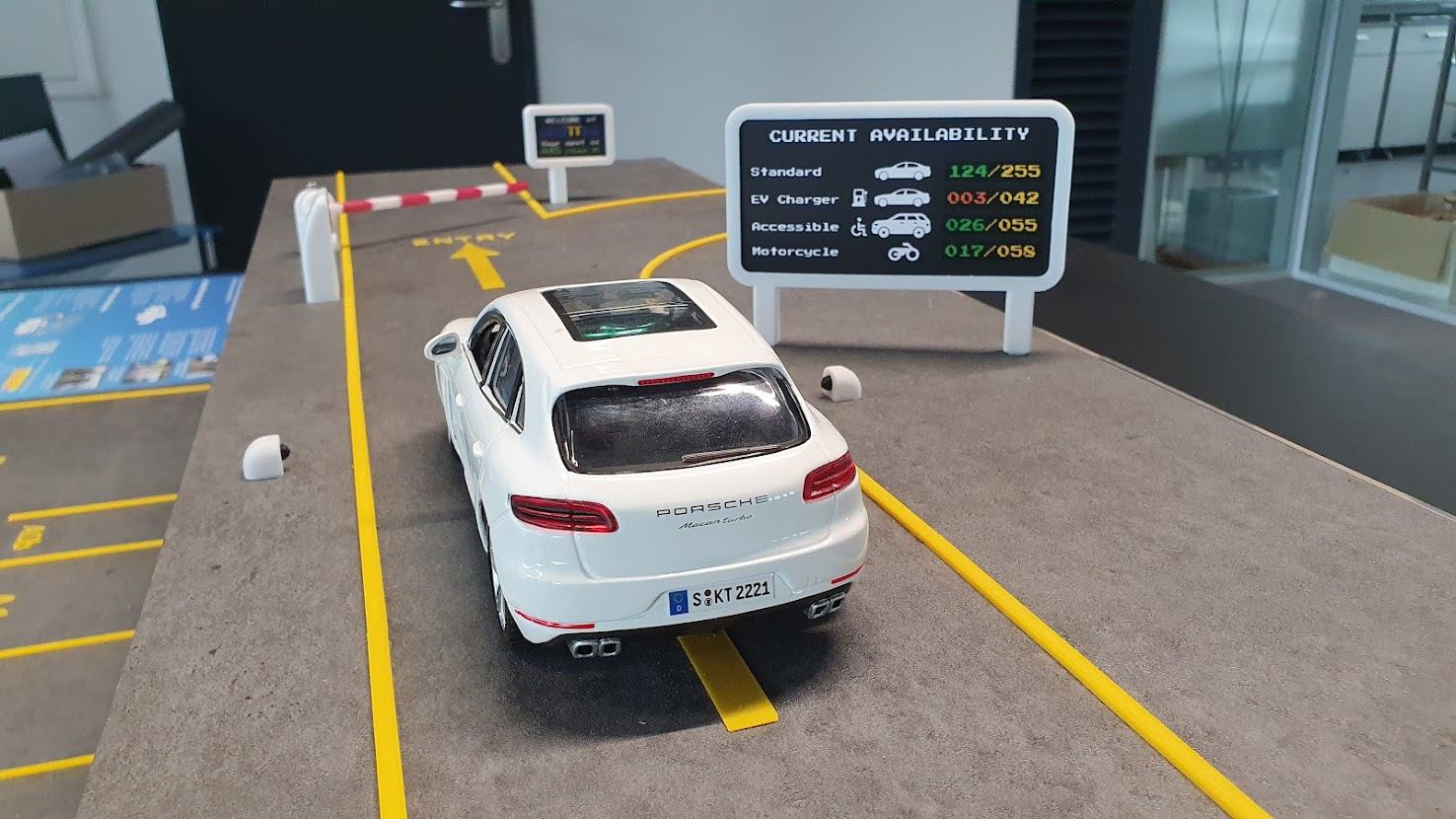
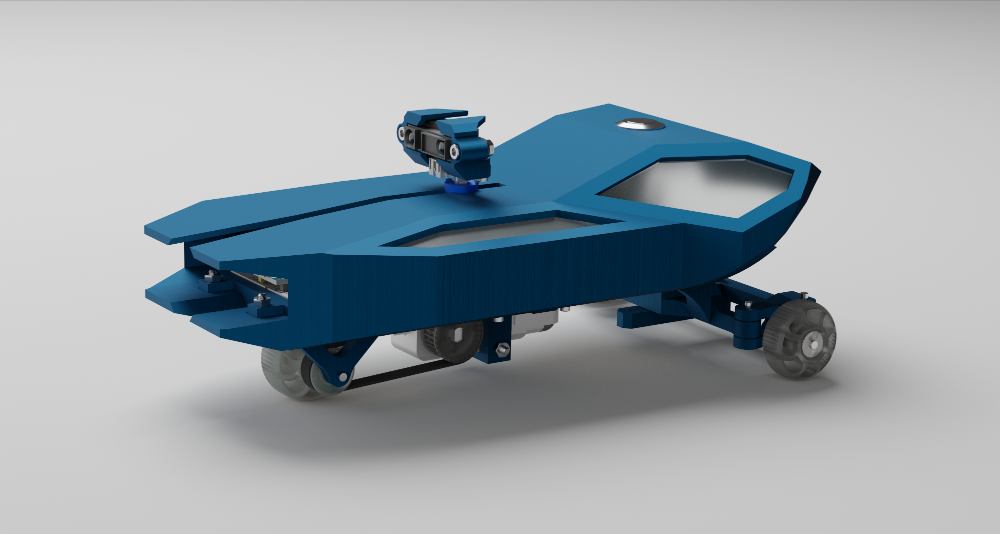
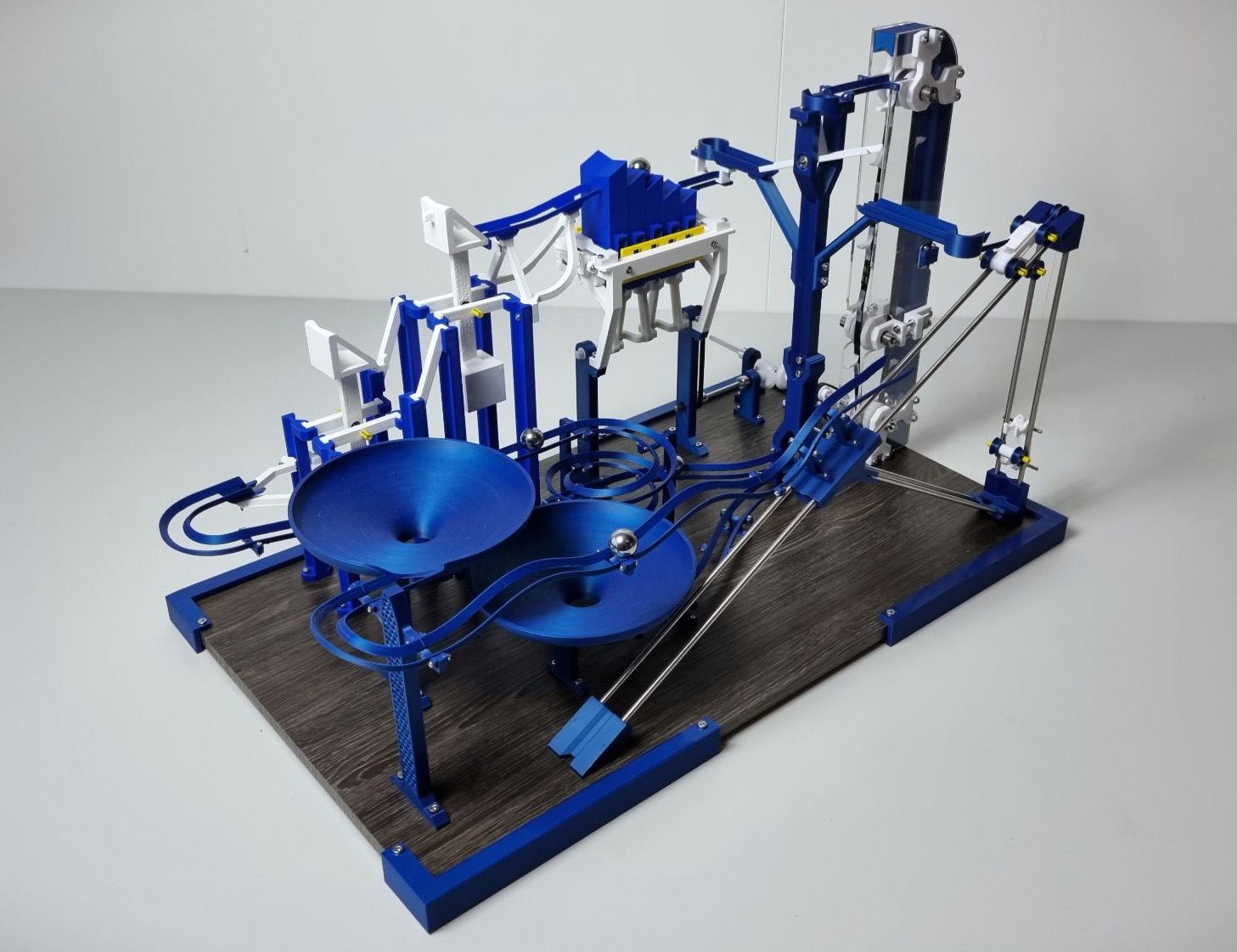
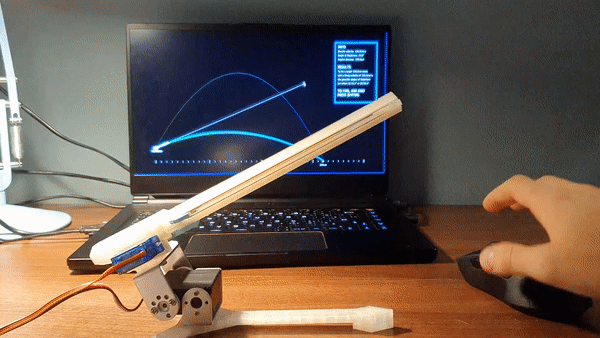
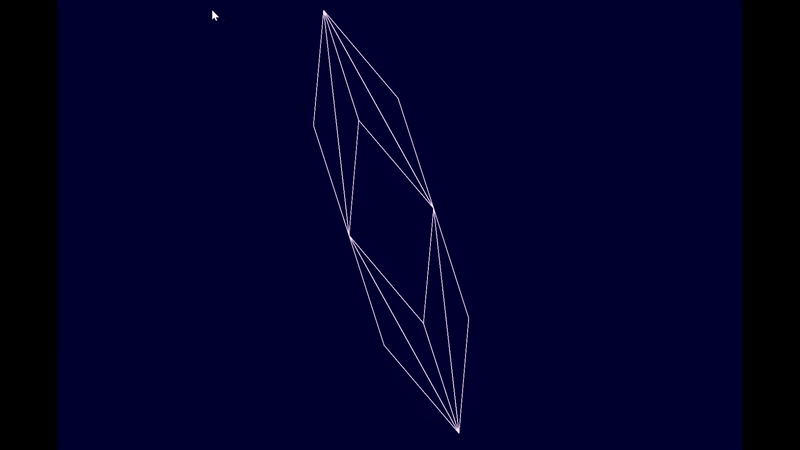

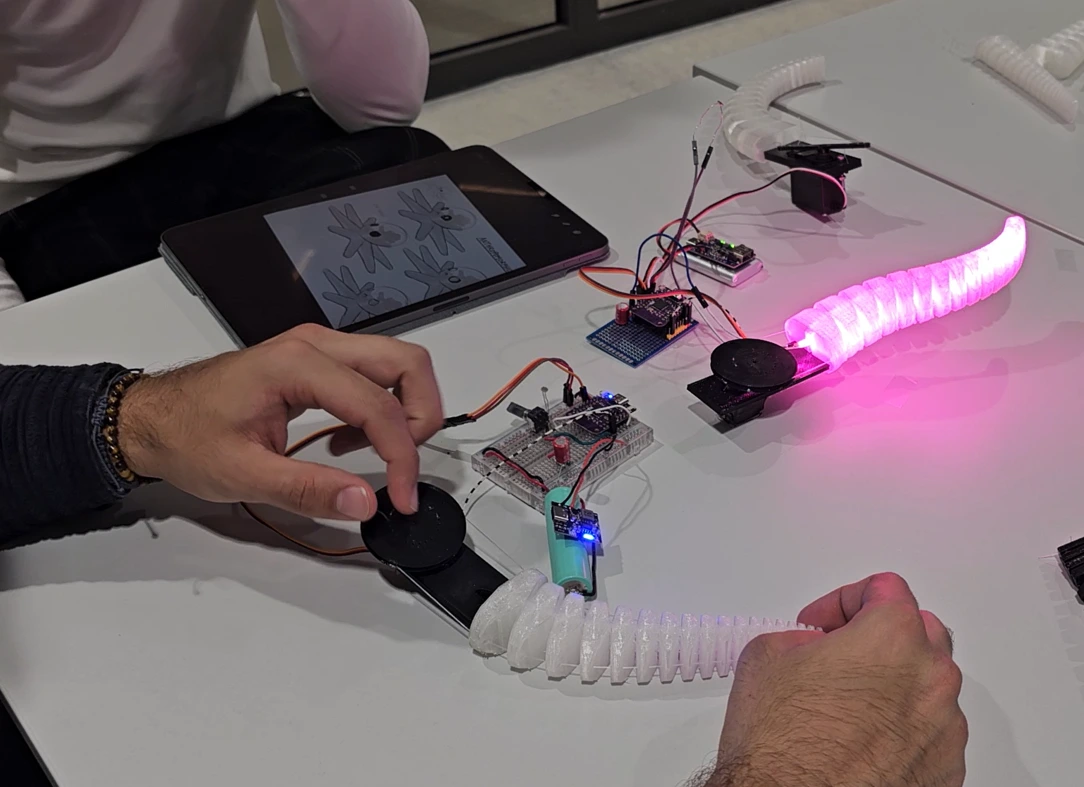

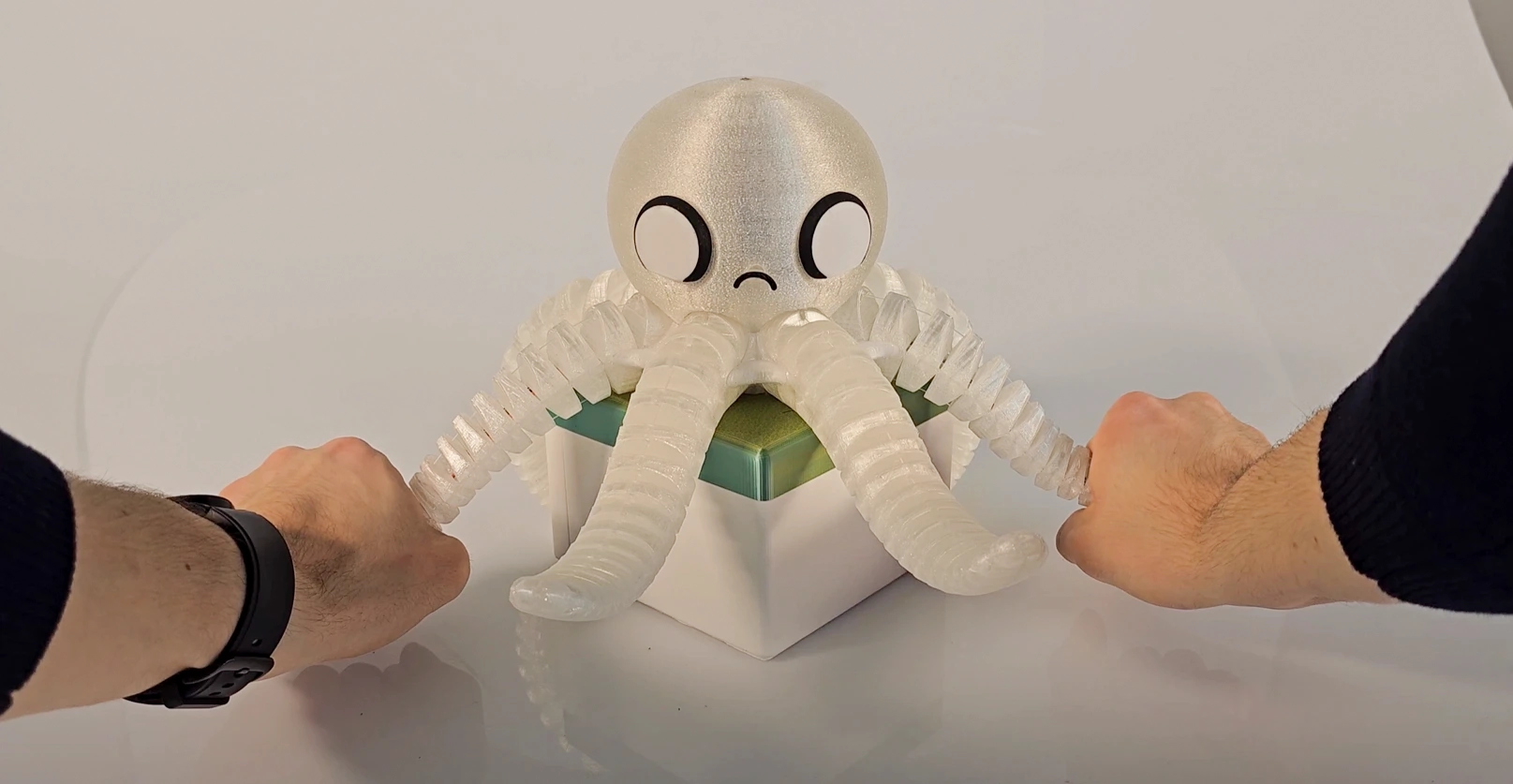
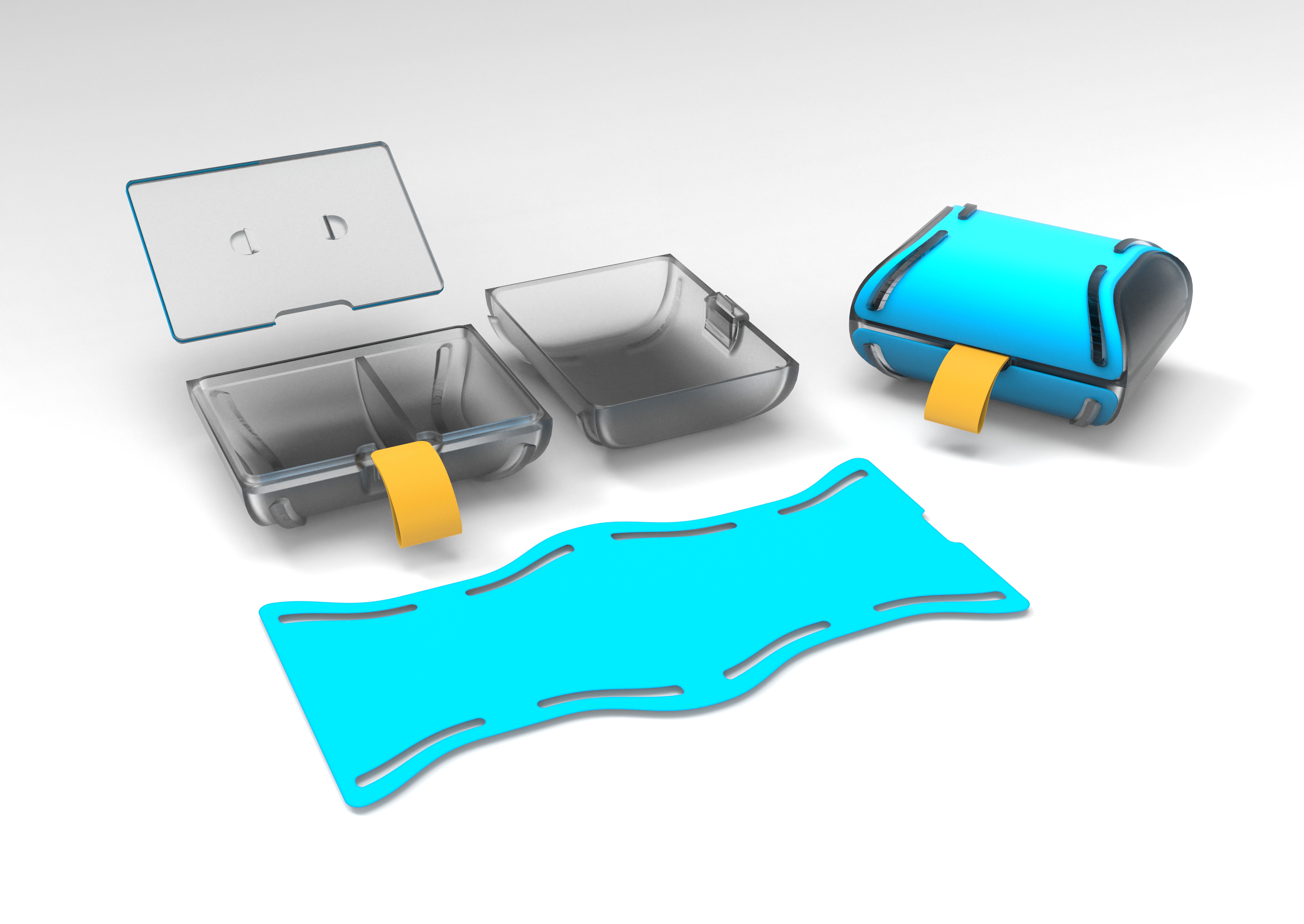

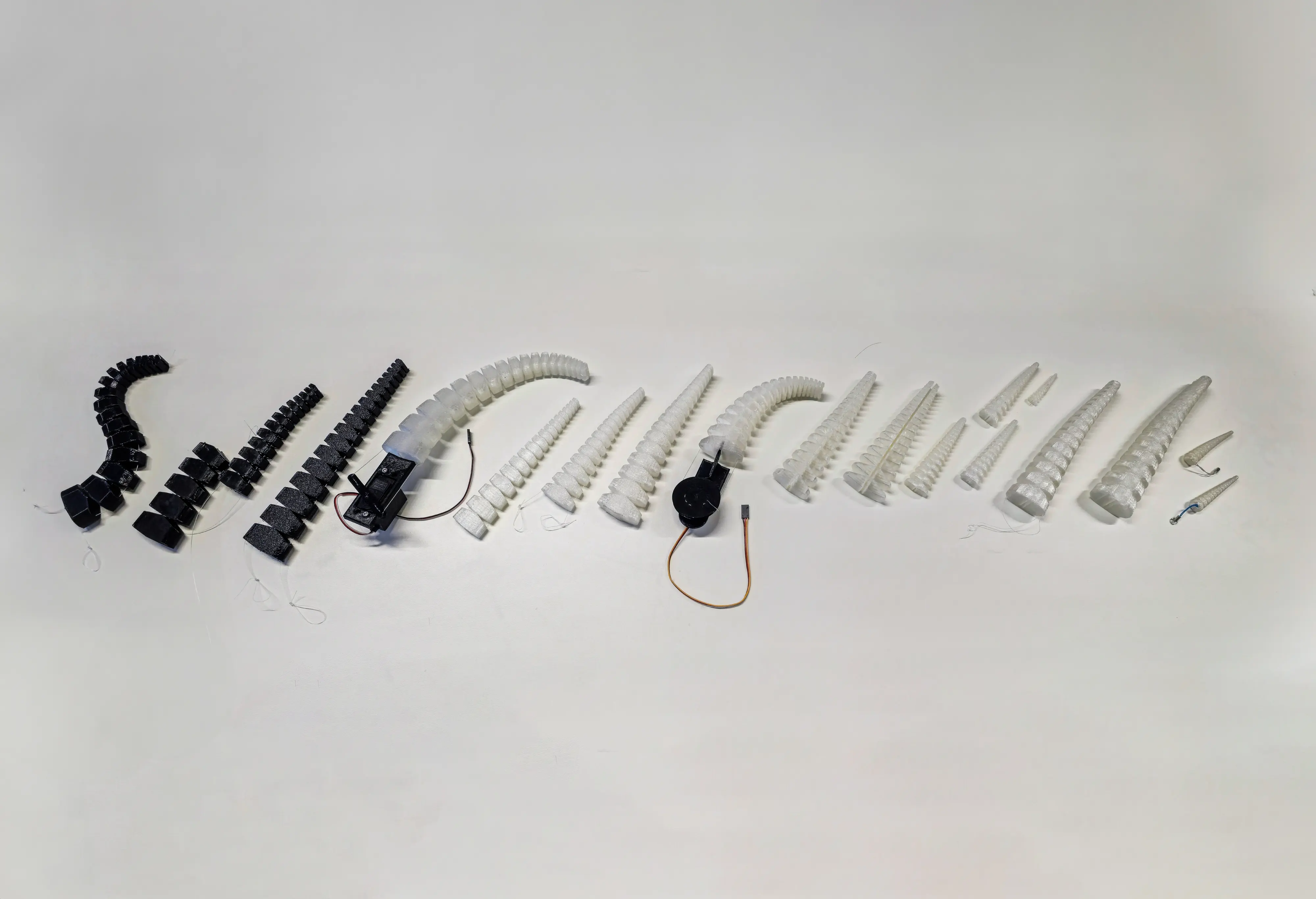

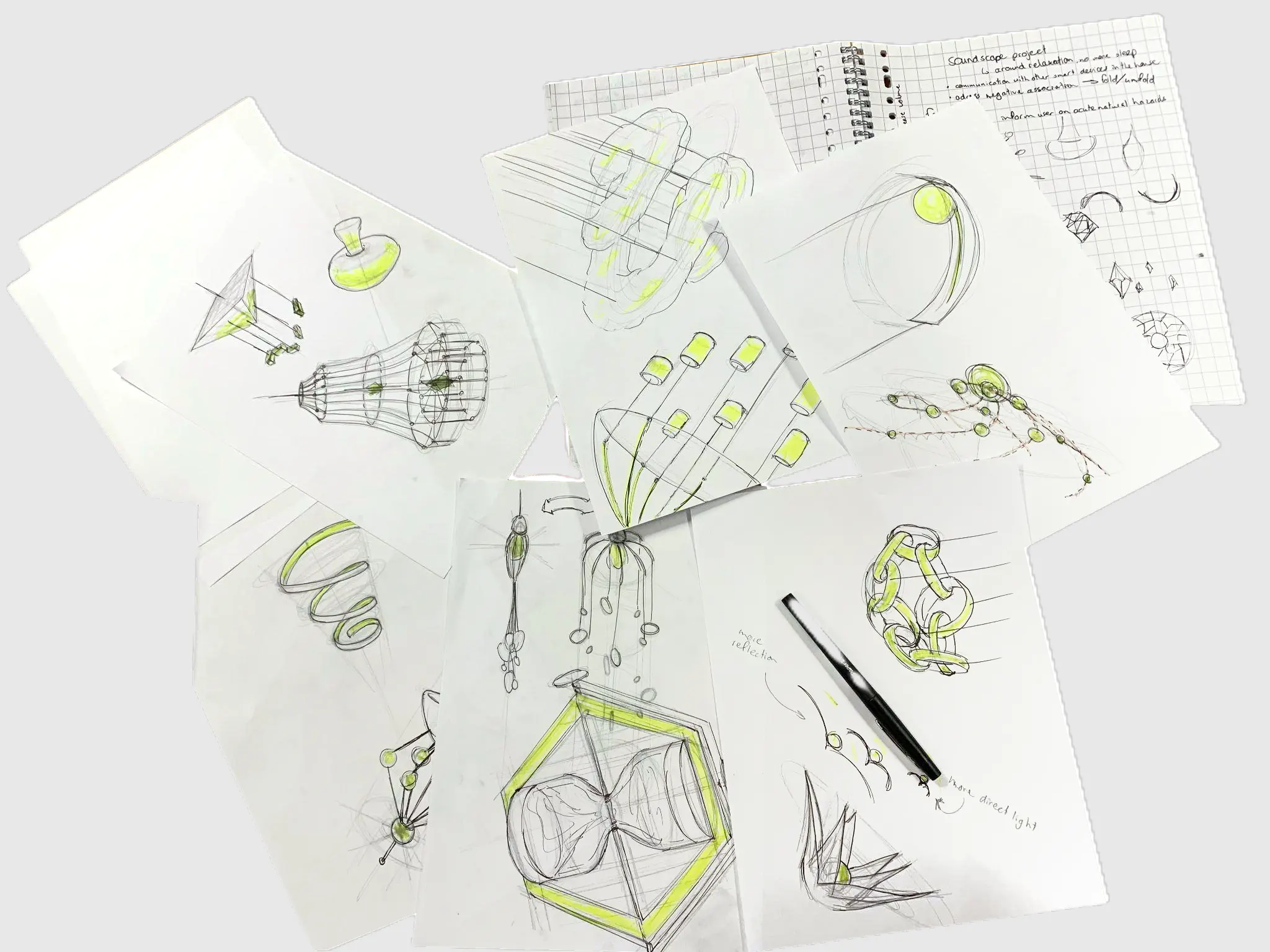
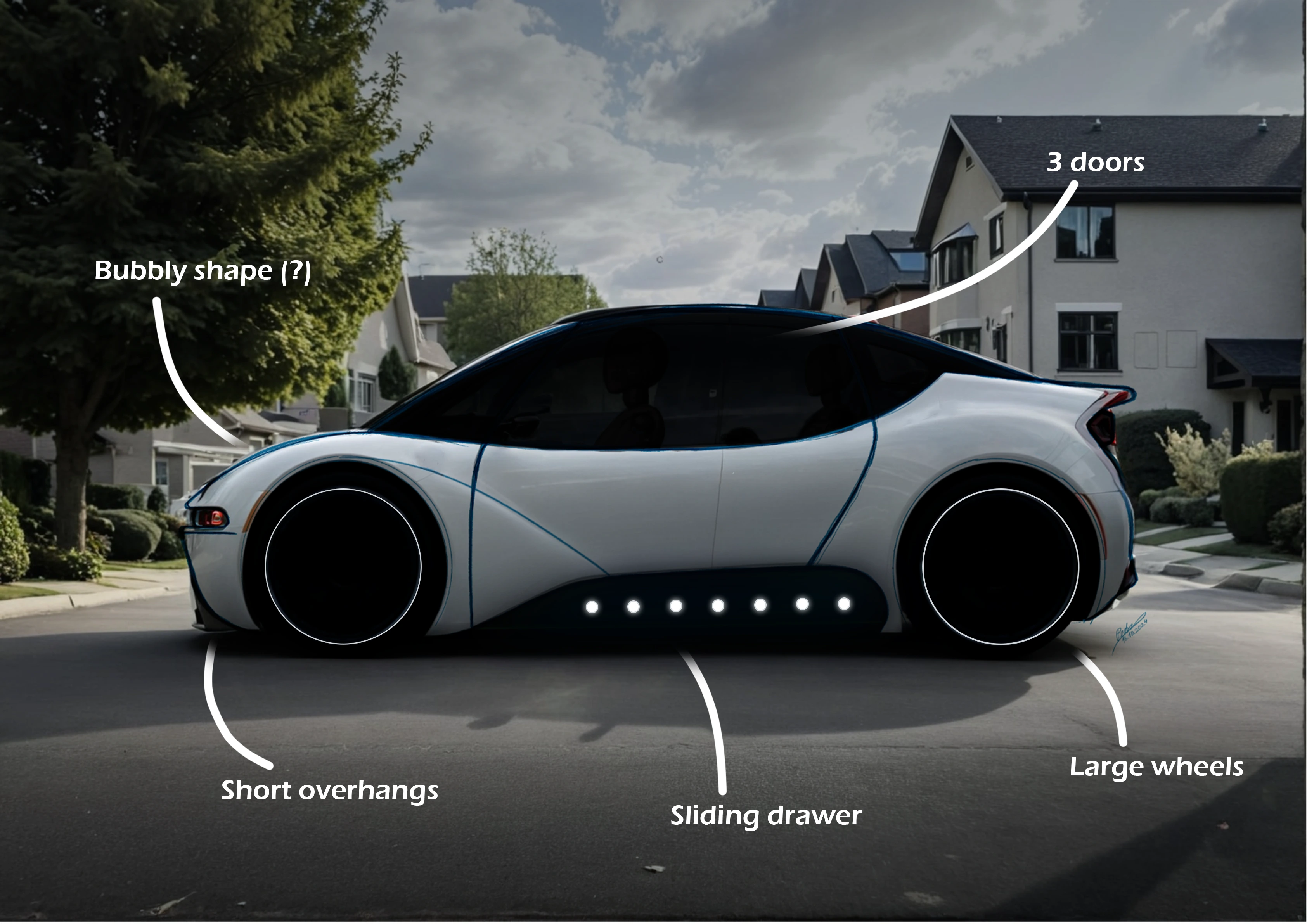
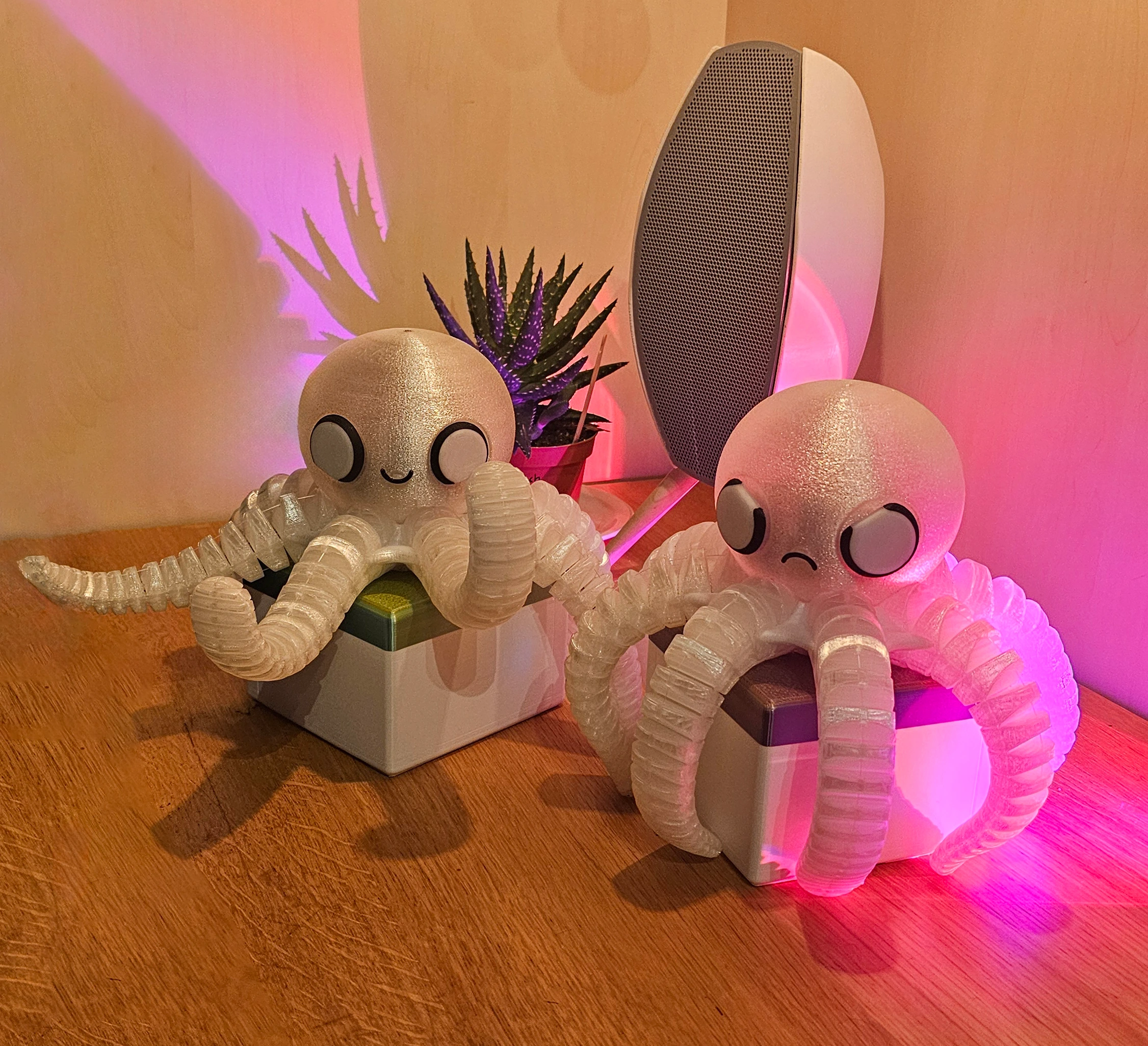
.webp)
